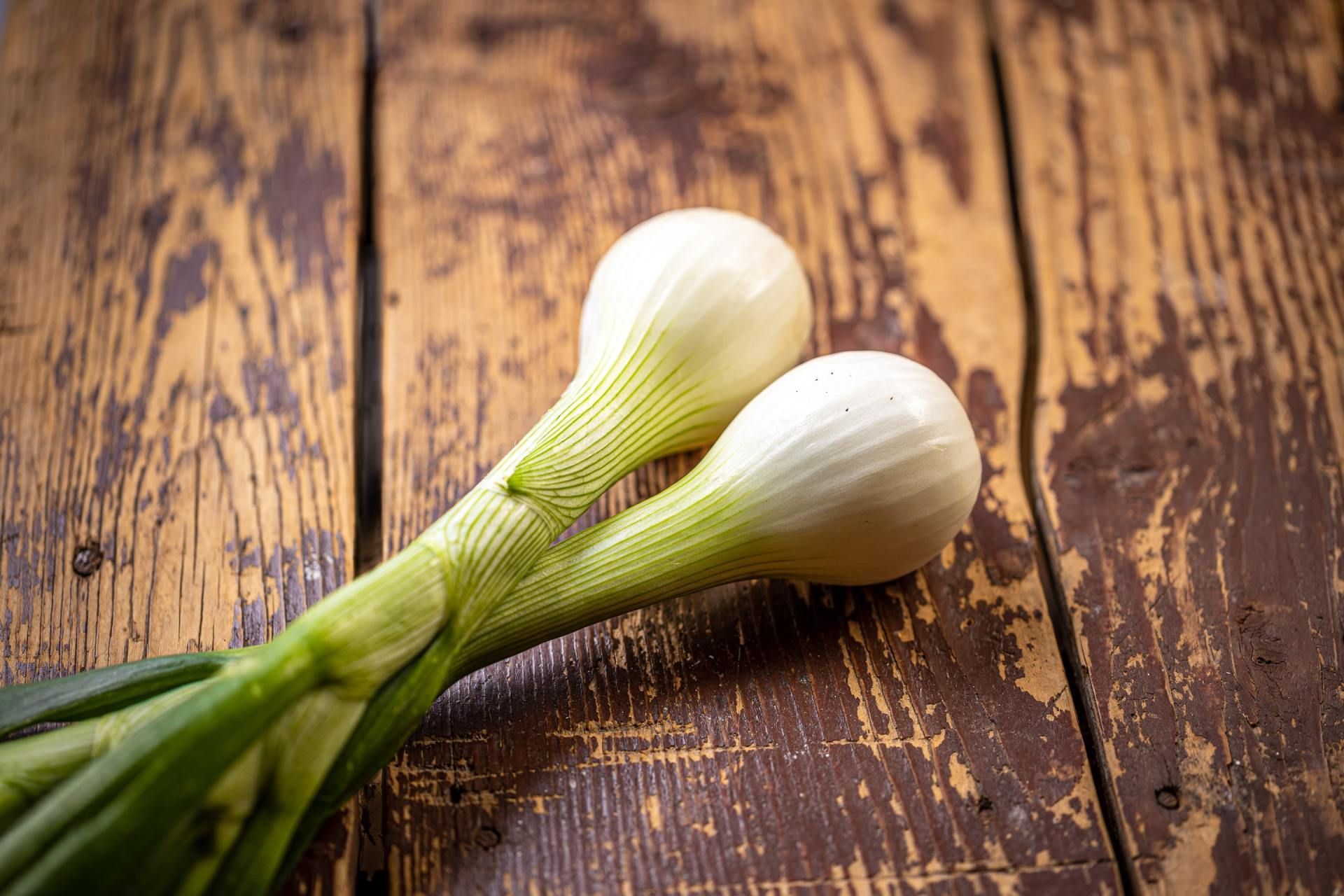Onion
Nutritionists recommend eating tomatoes because they are rich in lycopene, vitamins A and B, and important minerals such as phosphorus and potassium, as well as folic acid, calcium, and fructose. The riper the tomato, the higher the concentration of these nutrients.
Tomatoes are mainly composed of water and contain approximately fourteen calories per one hundred grams. Some studies have shown that they have a positive effect on cancer treatment, as lycopene, the pigment that gives tomatoes their color, is considered effective in preventing prostate cancer and strengthening the immune system.
How we produce our onion
Discover our production model
Agricultural Planning
Input planning takes into account the expected production for each sowing season, aiming to obtain the best cost/benefit, and decisions about the hybrids that will be planted are made based on our research database and according to the biotechnologies identified as necessary for the production system.
Preparation, sowing and management
Sowing is carried out using high-tech machines, at the most suitable time for each cultivation region.
Harvest
The time needed to harvest onions varies greatly, ranging from 85 days to almost 300 days after sowing, and depends on the cultivar used, the region where planting is carried out and the season in which the onion is grown.
Processing and storage
It starts with the classification process, then goes through cleaning and after that it is sent for transport.





